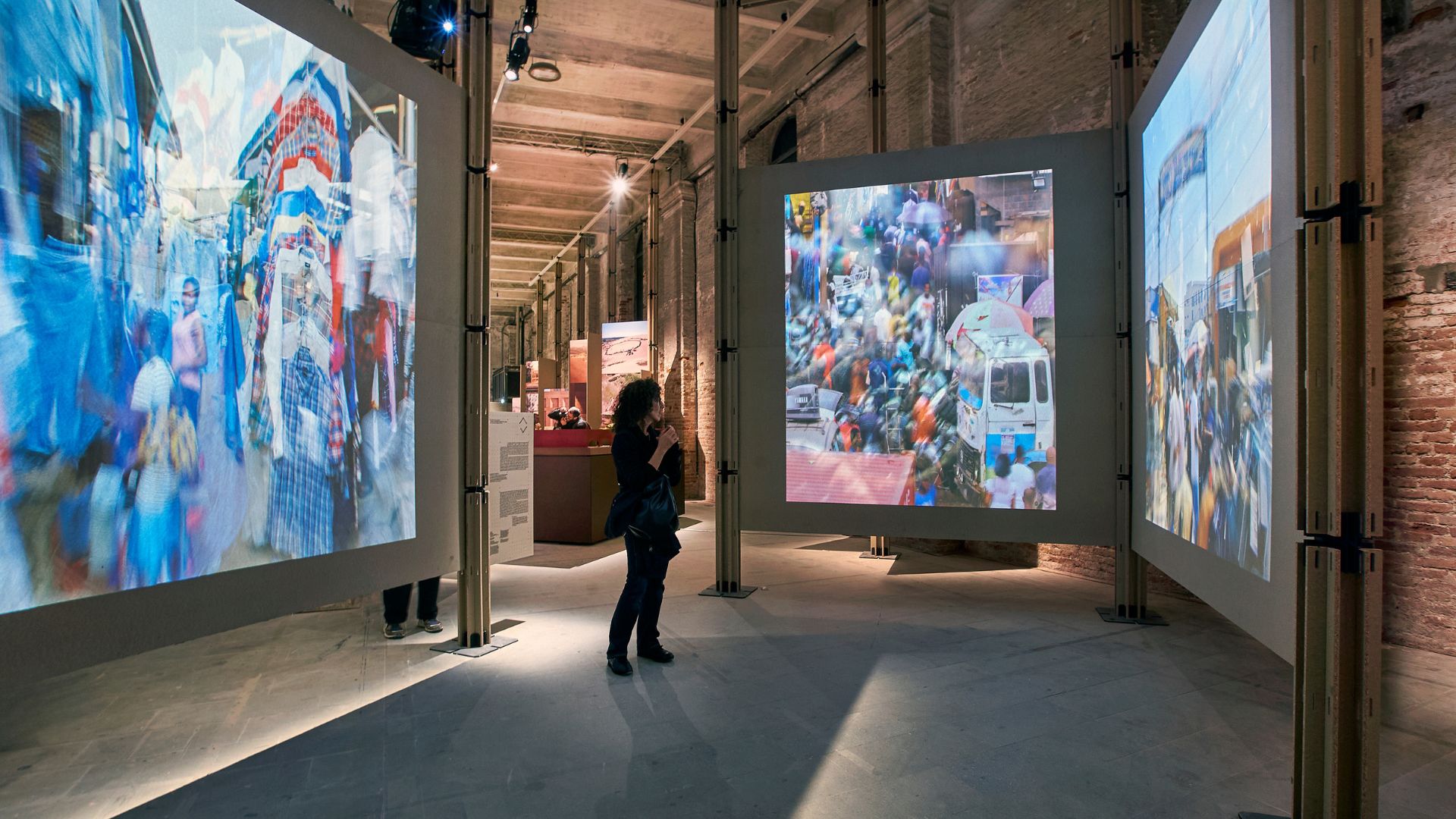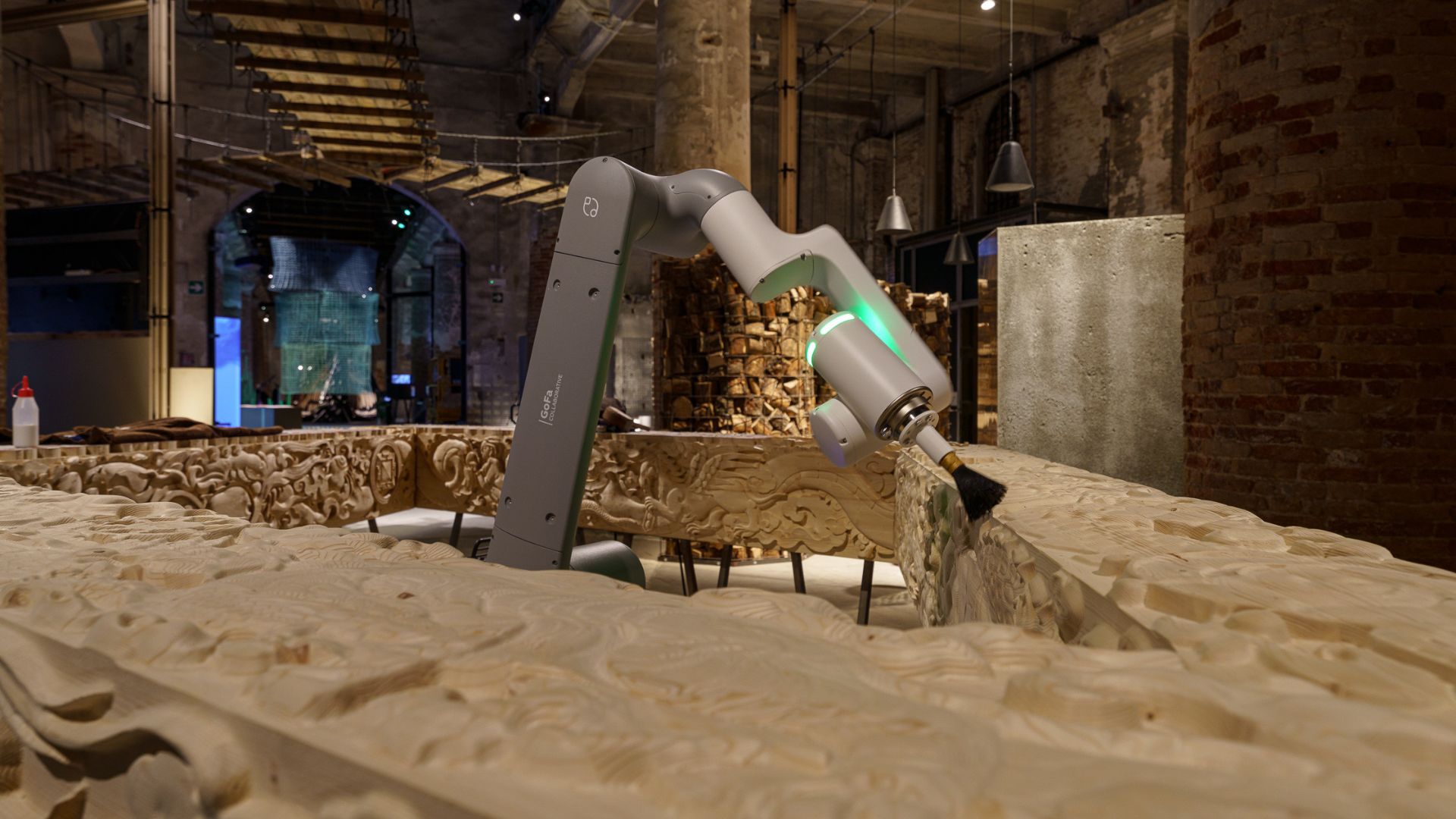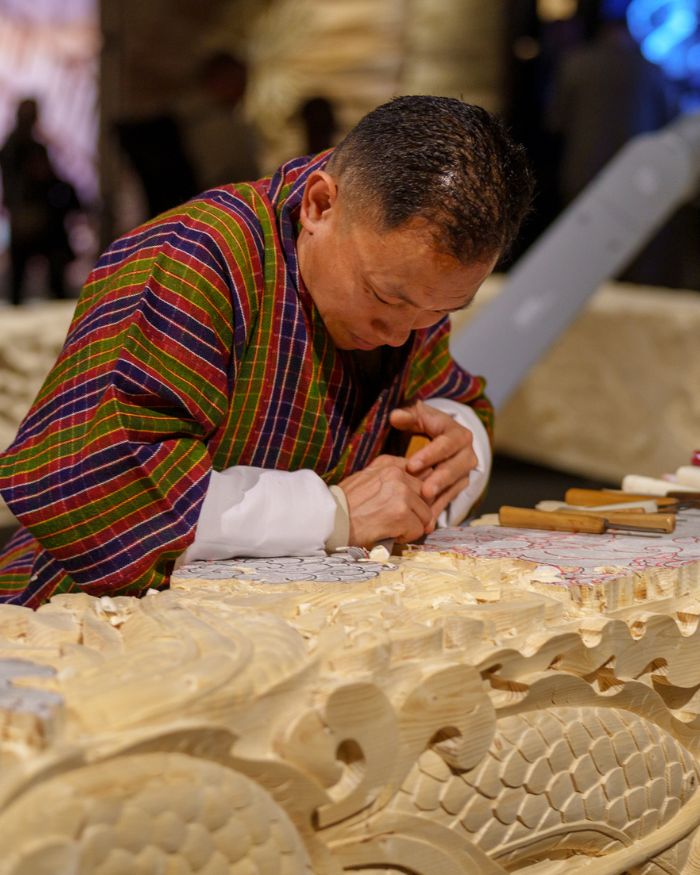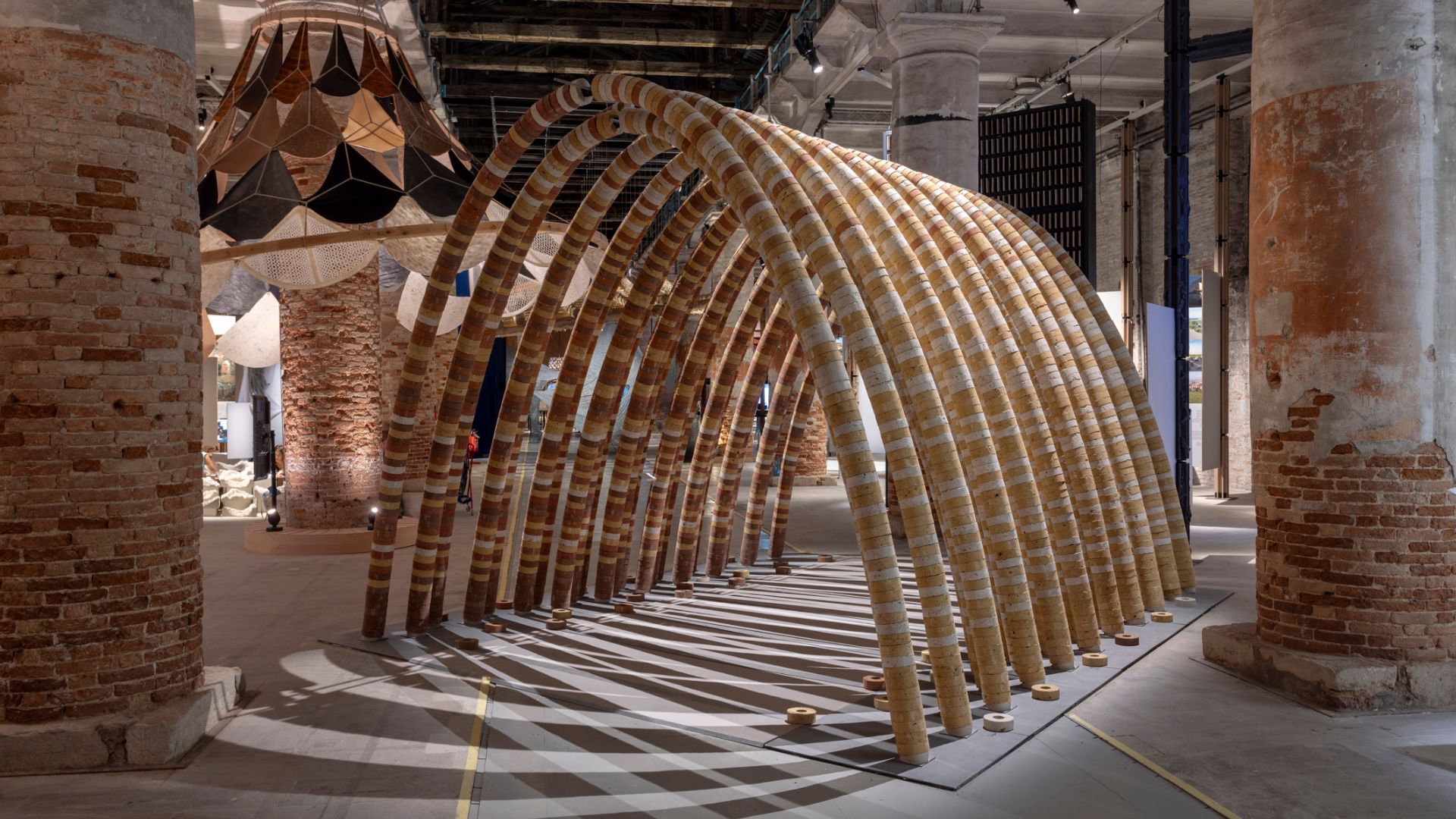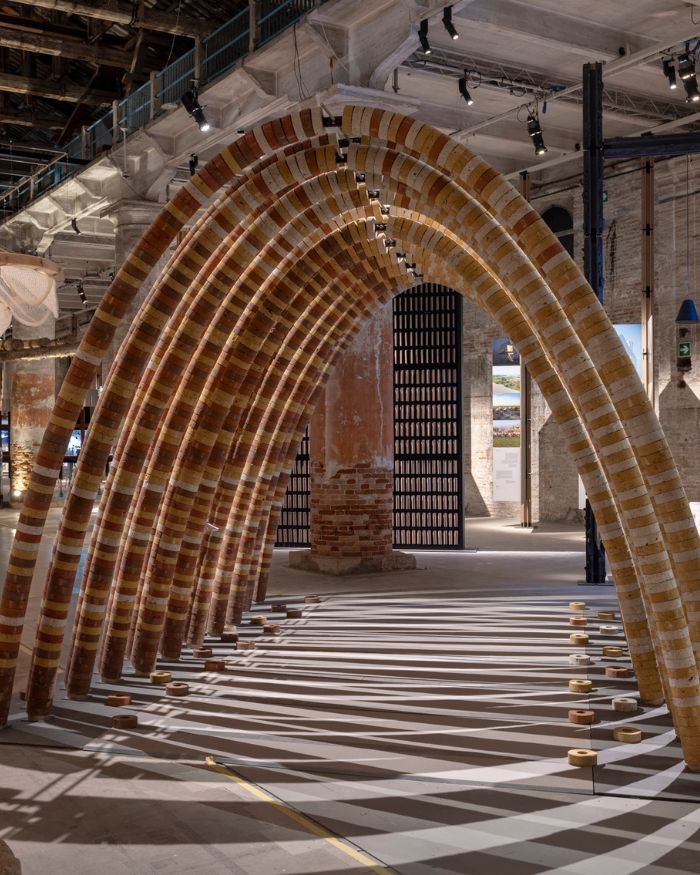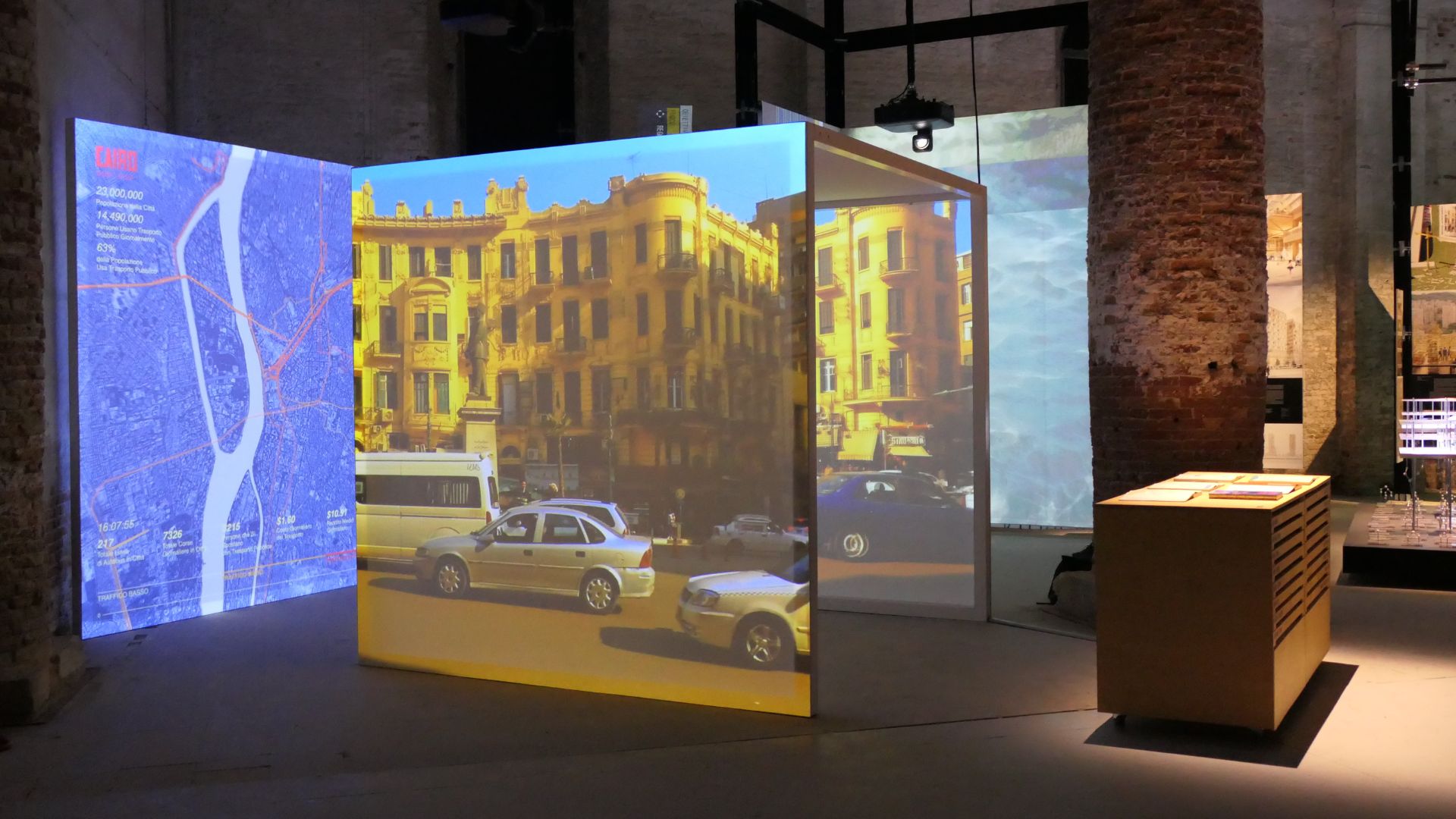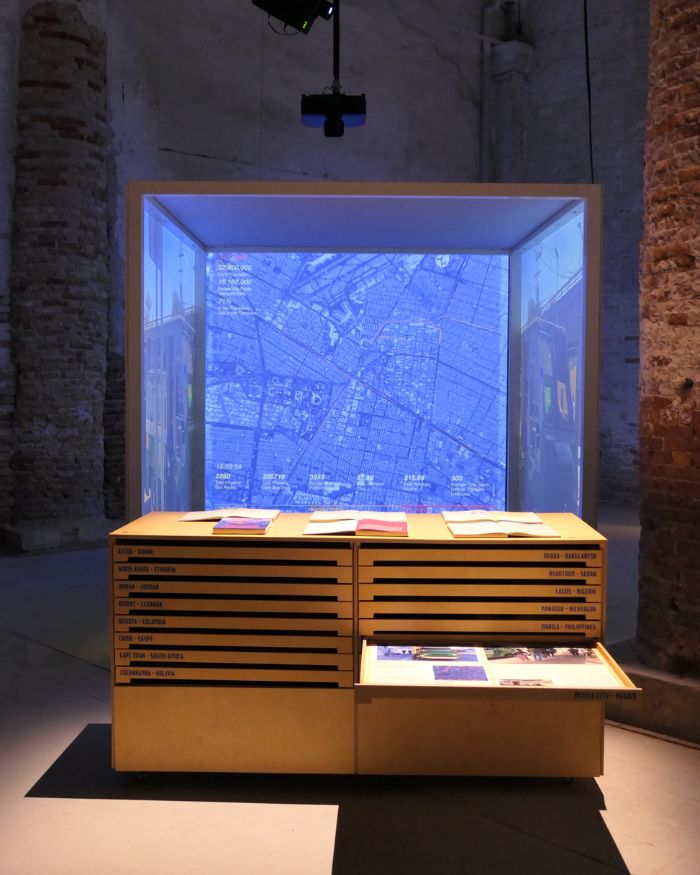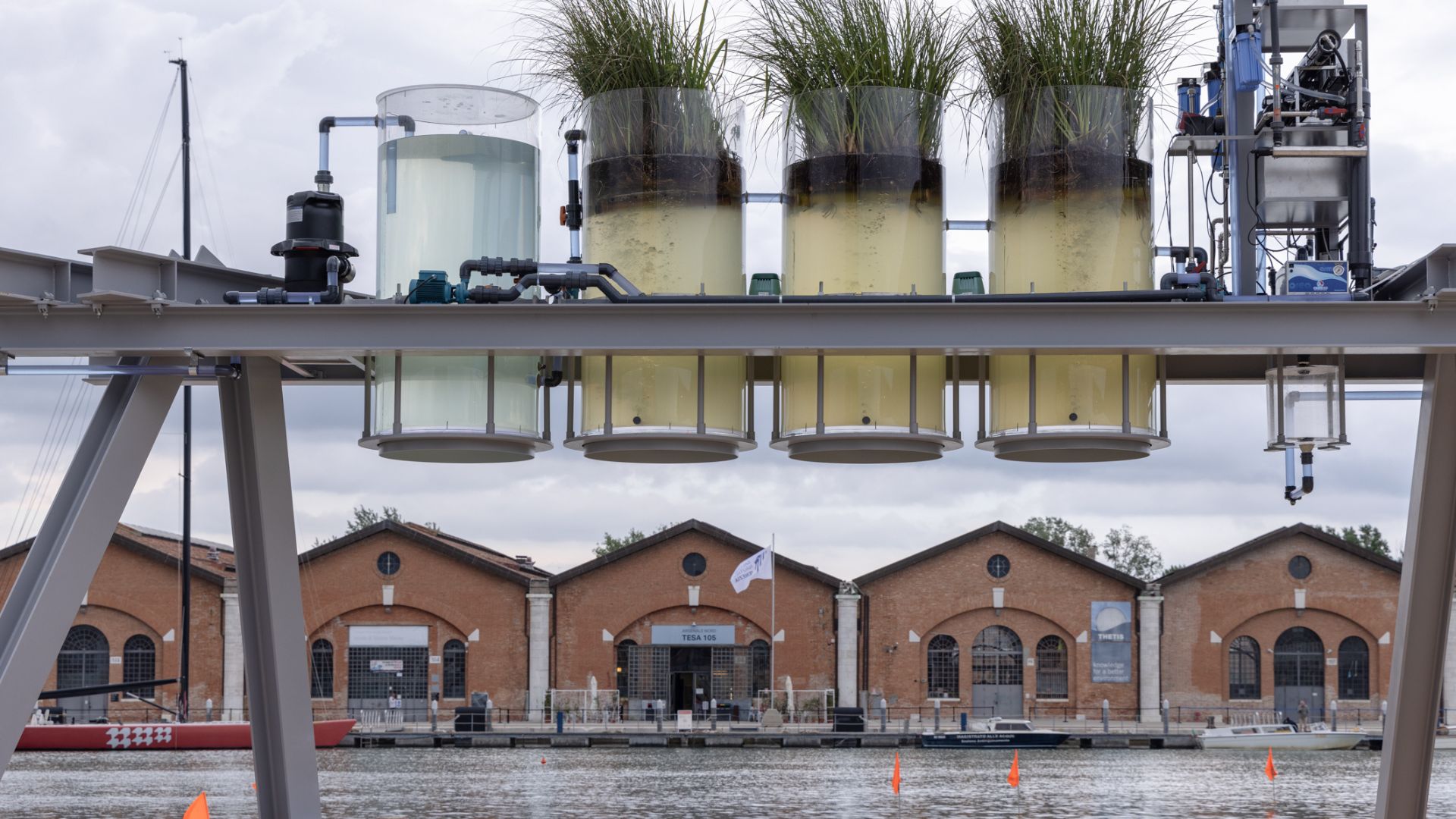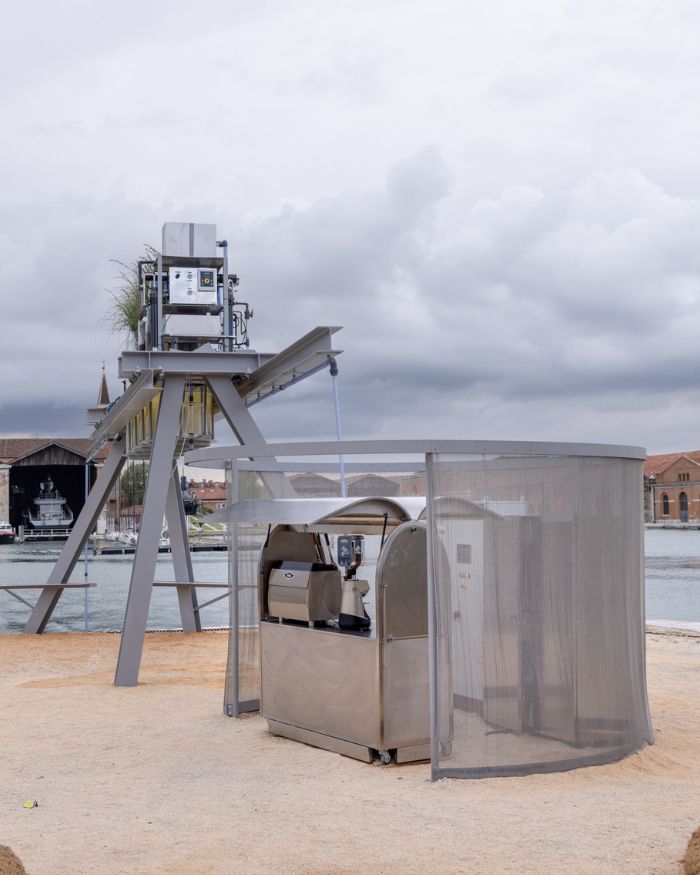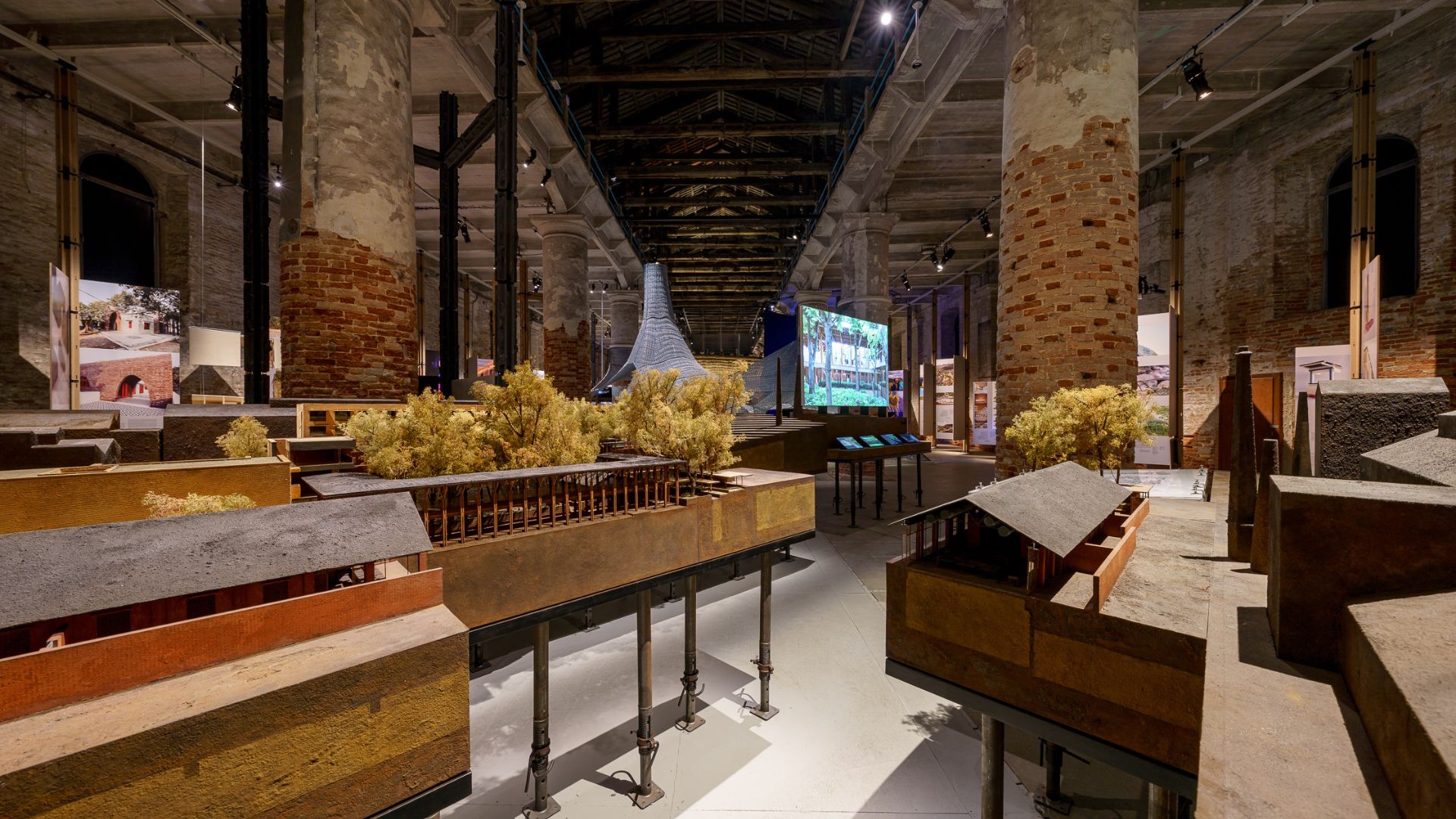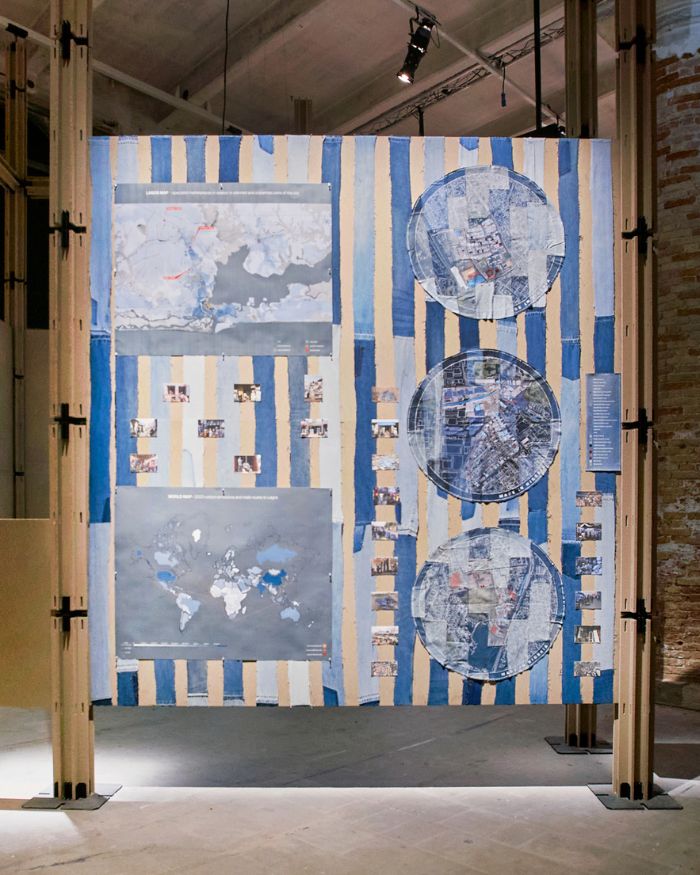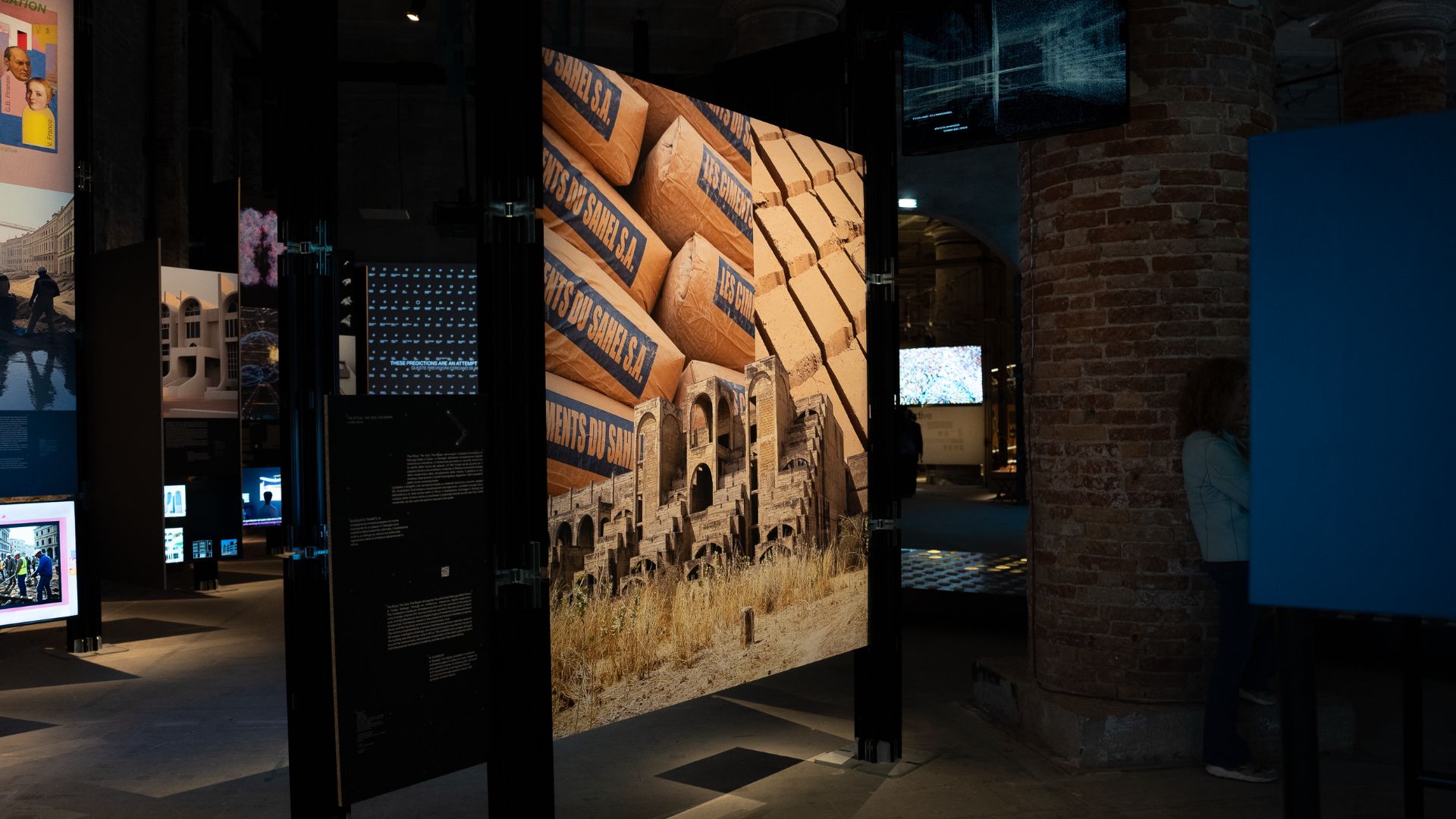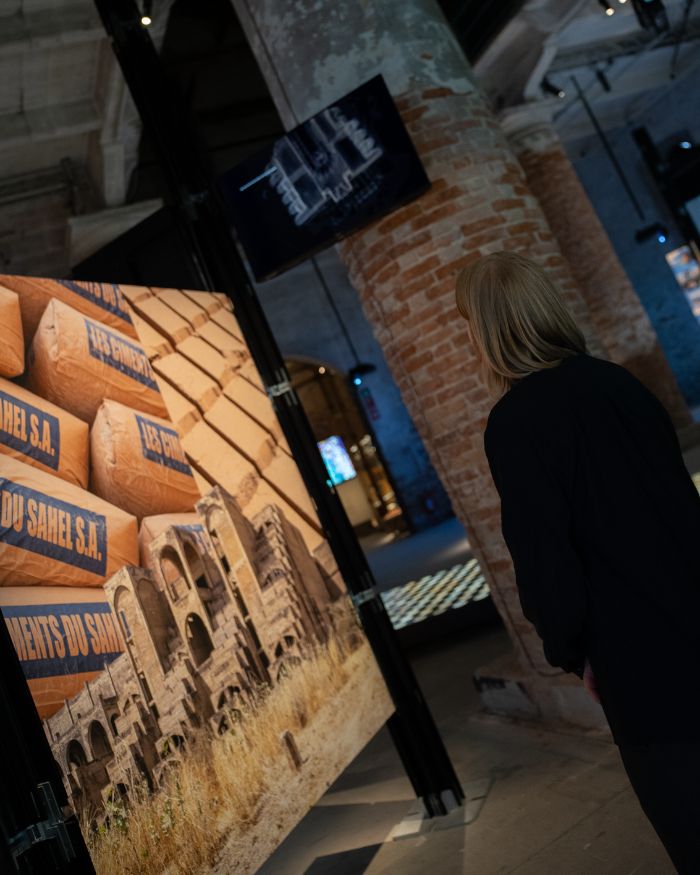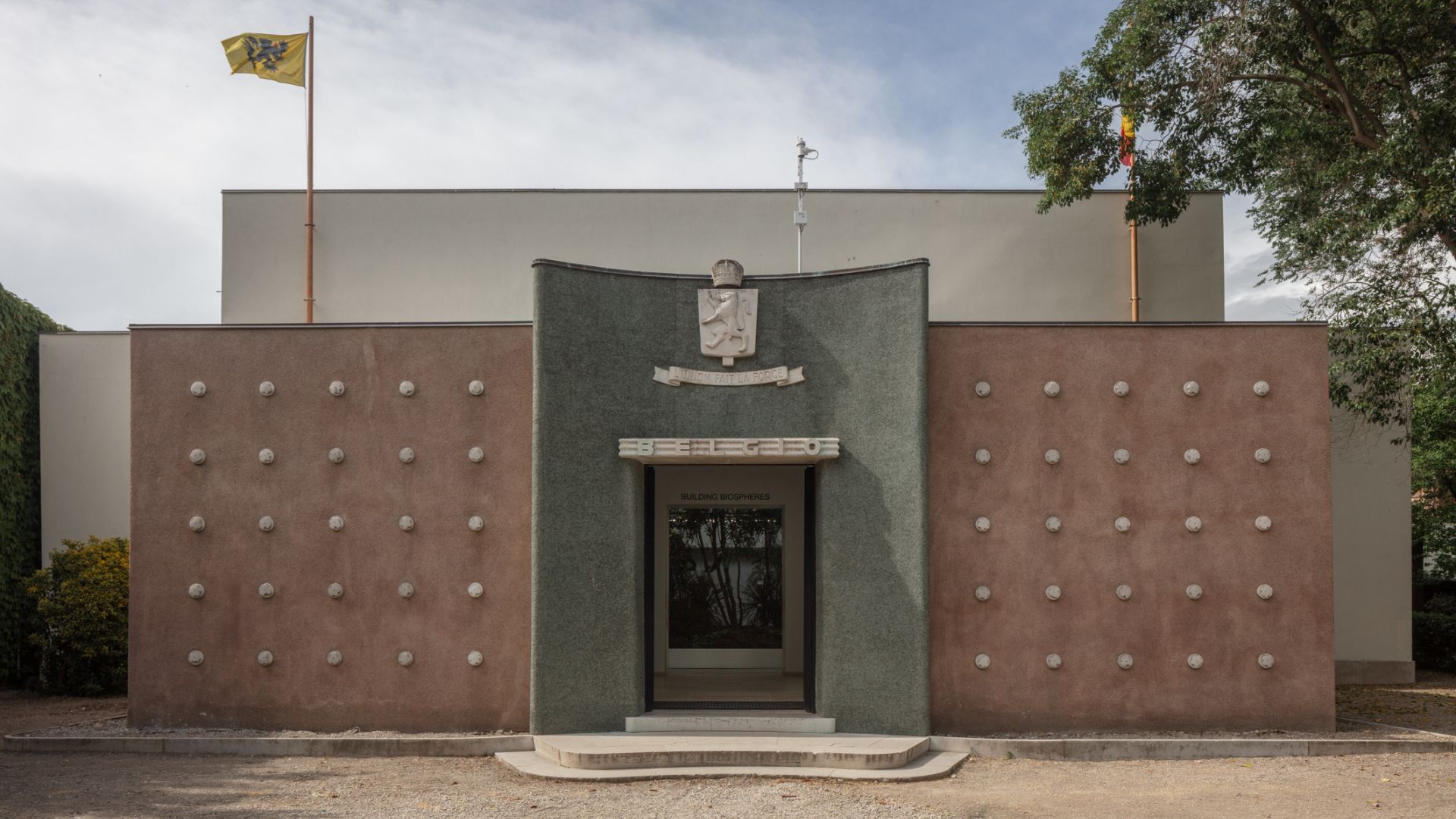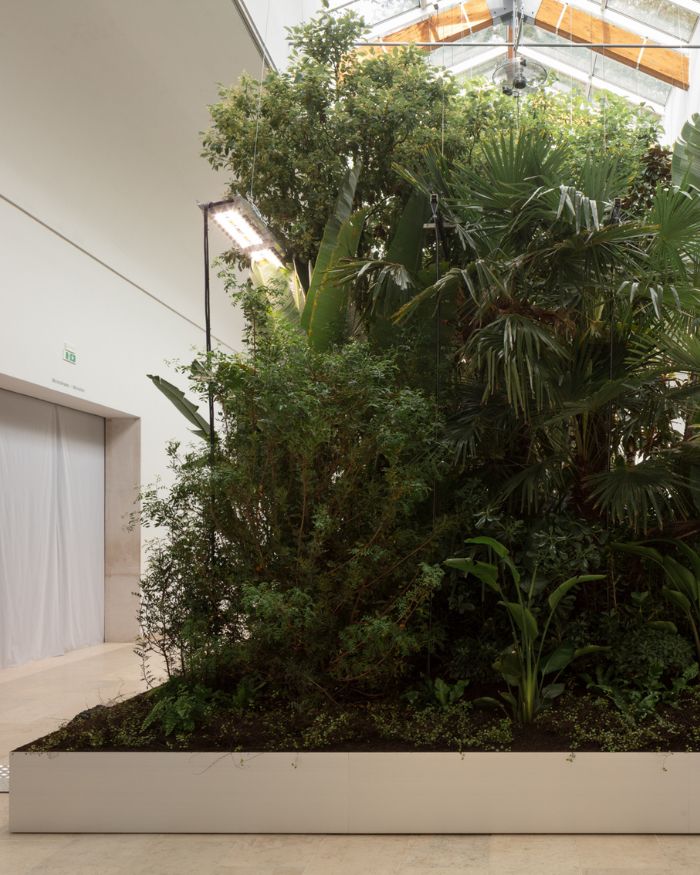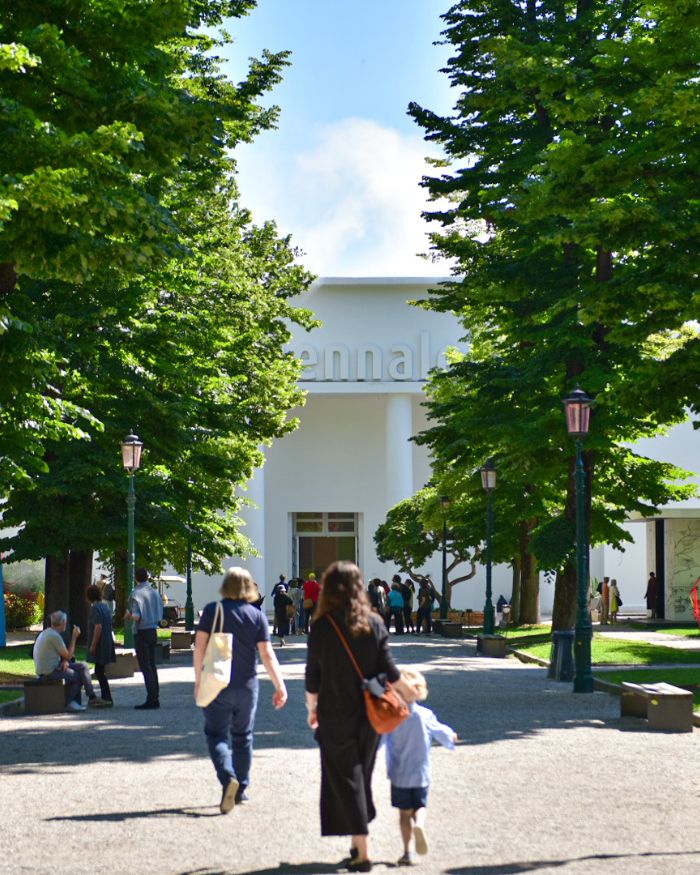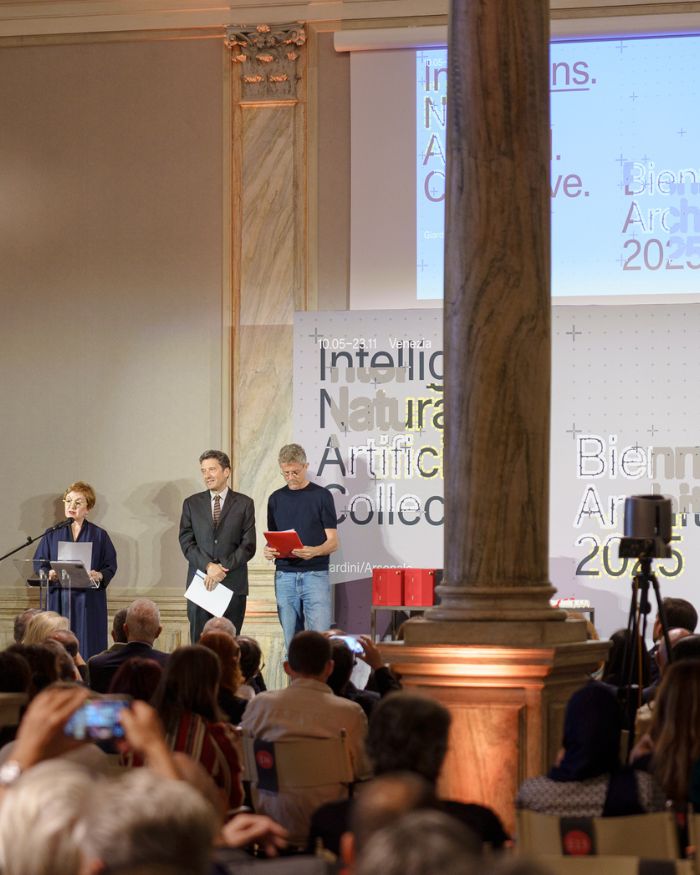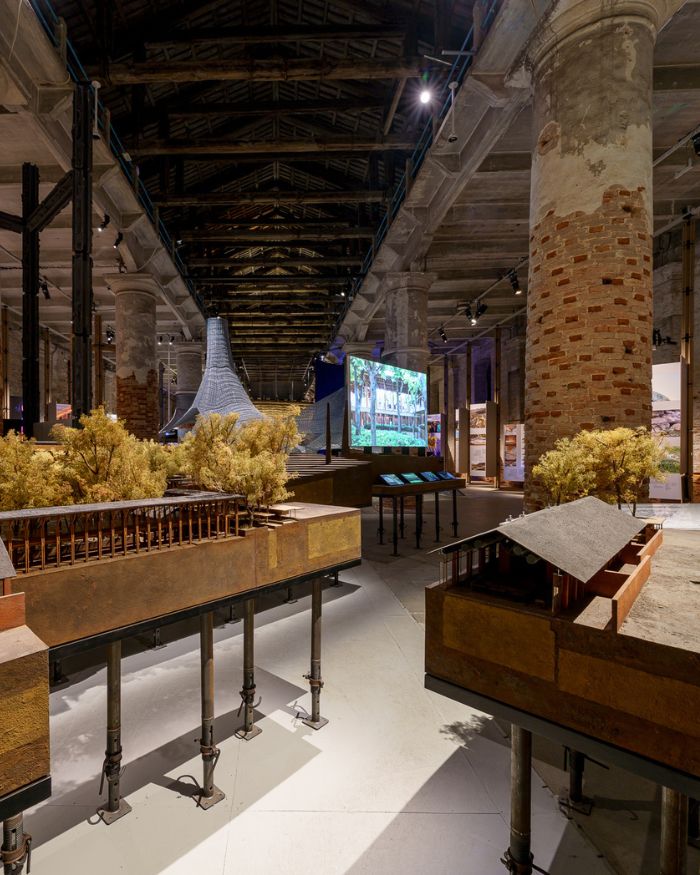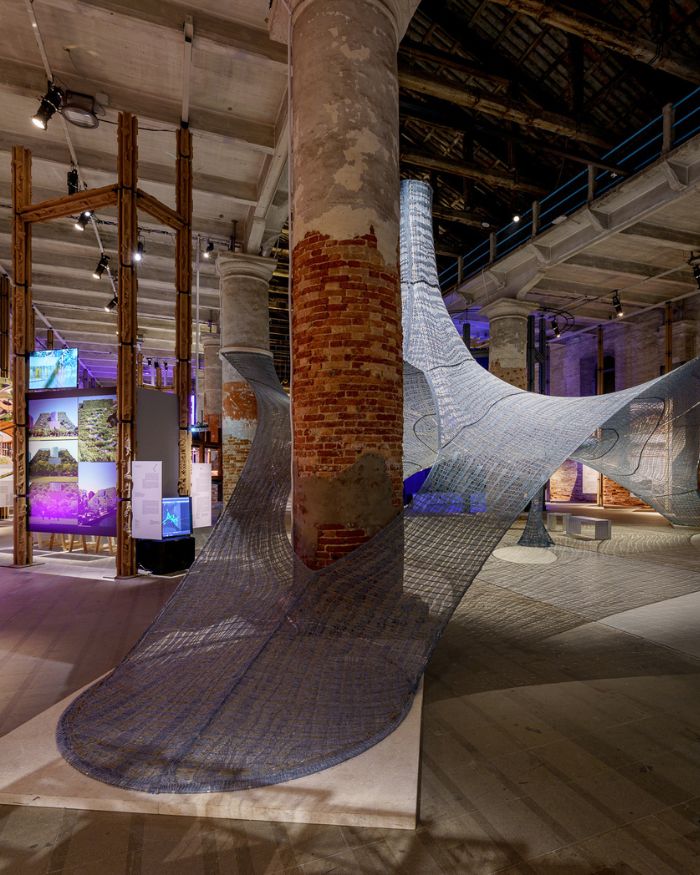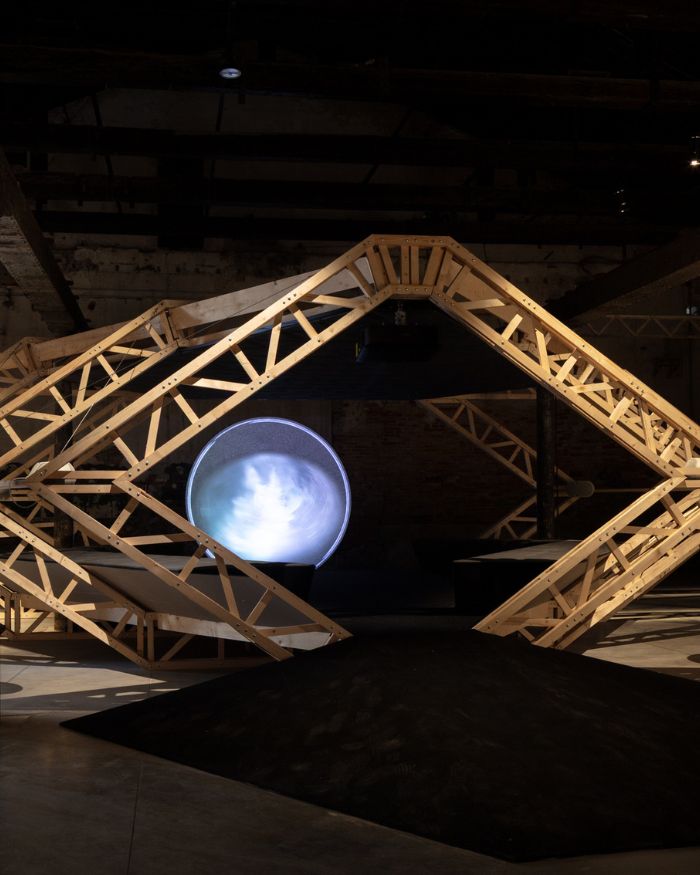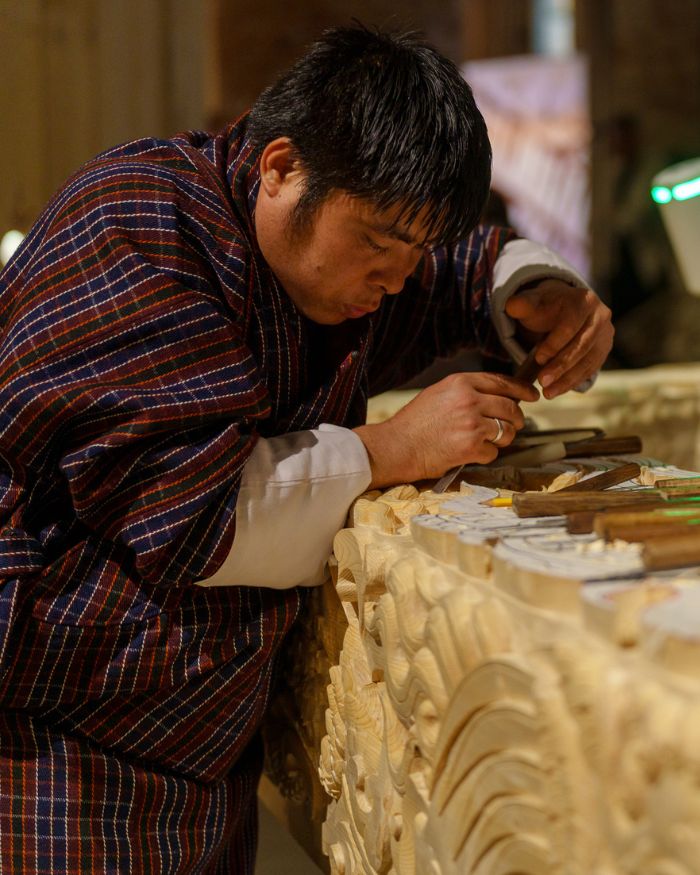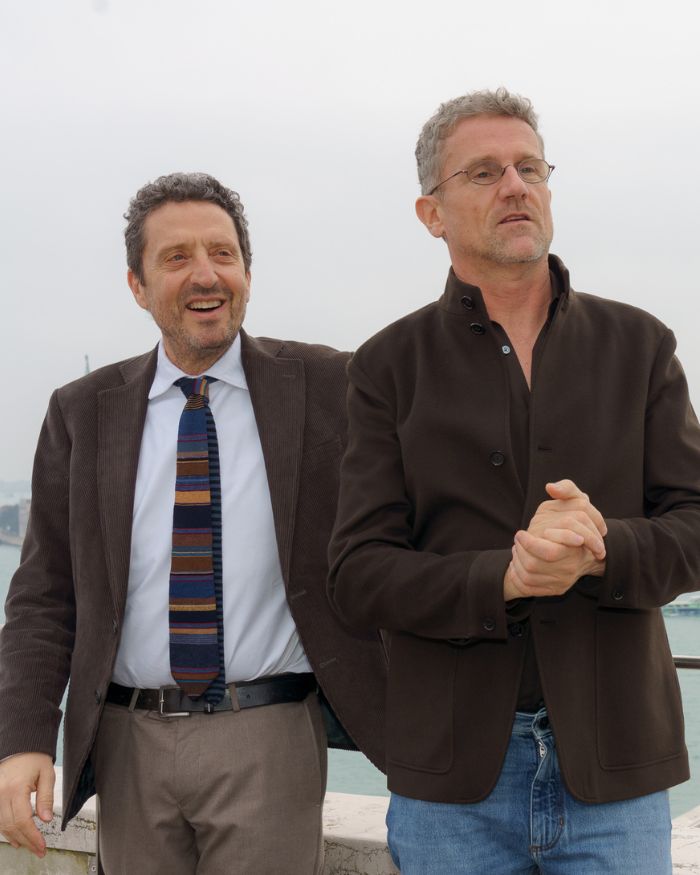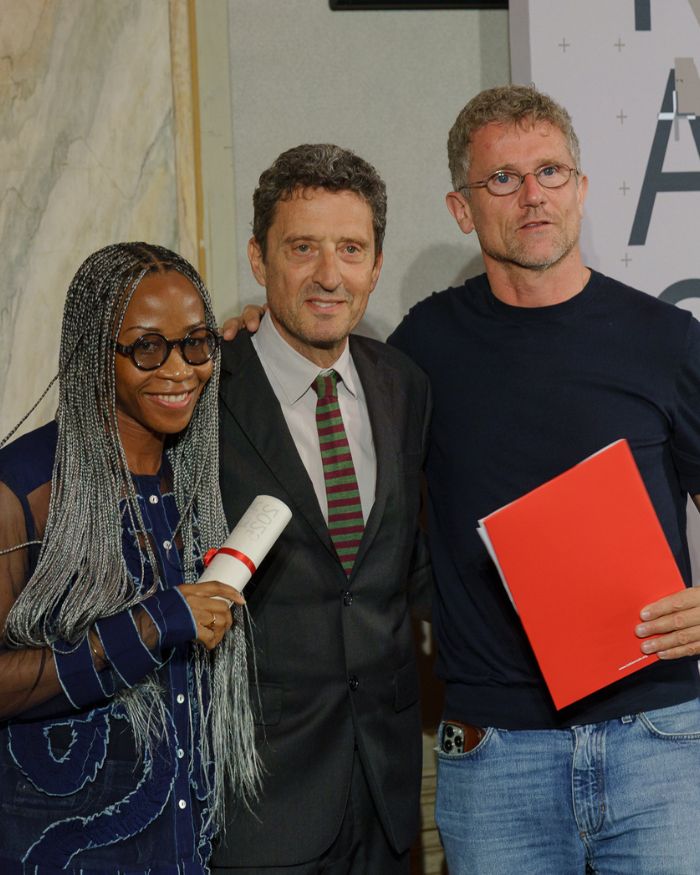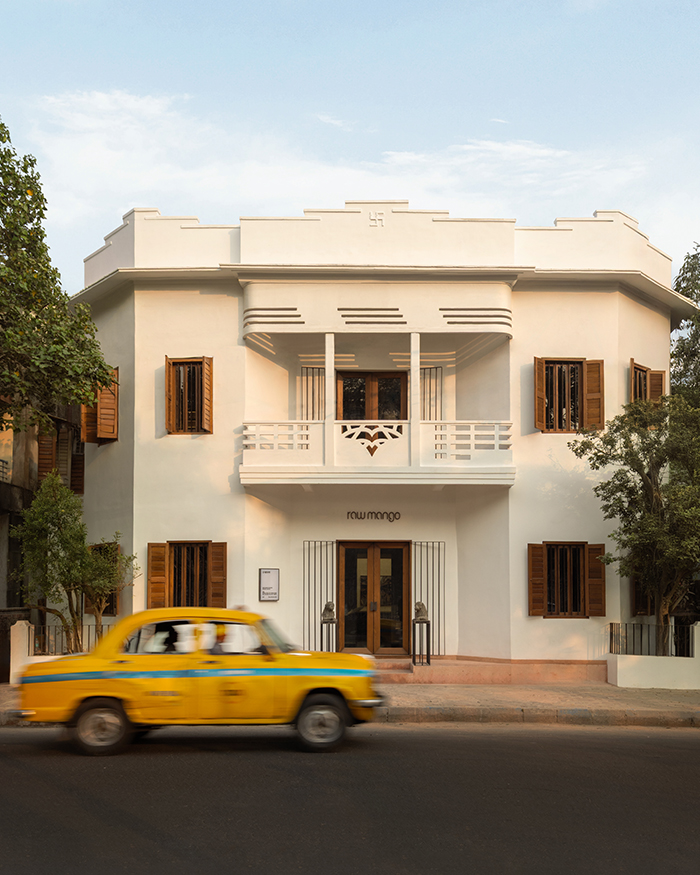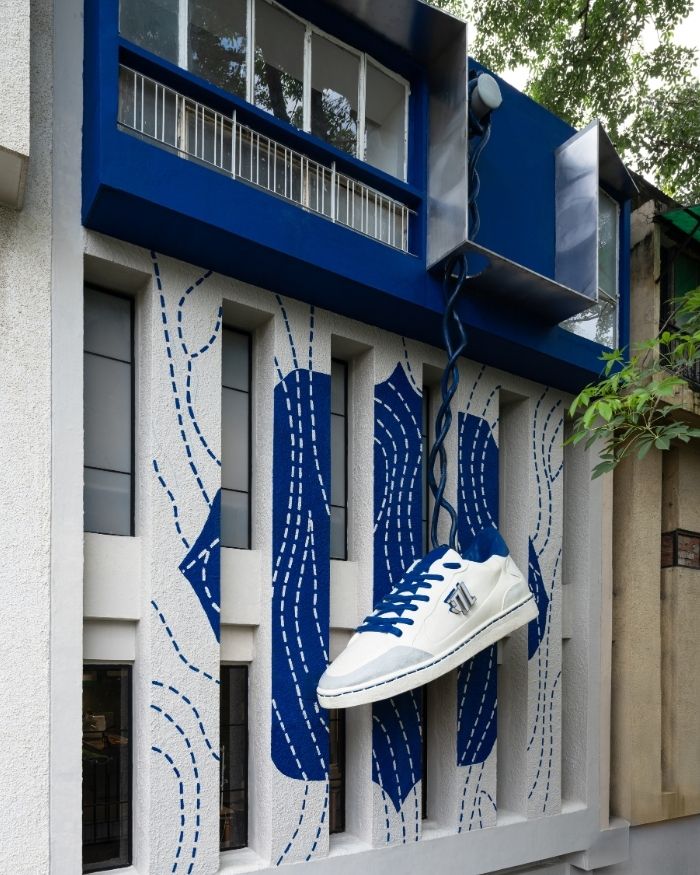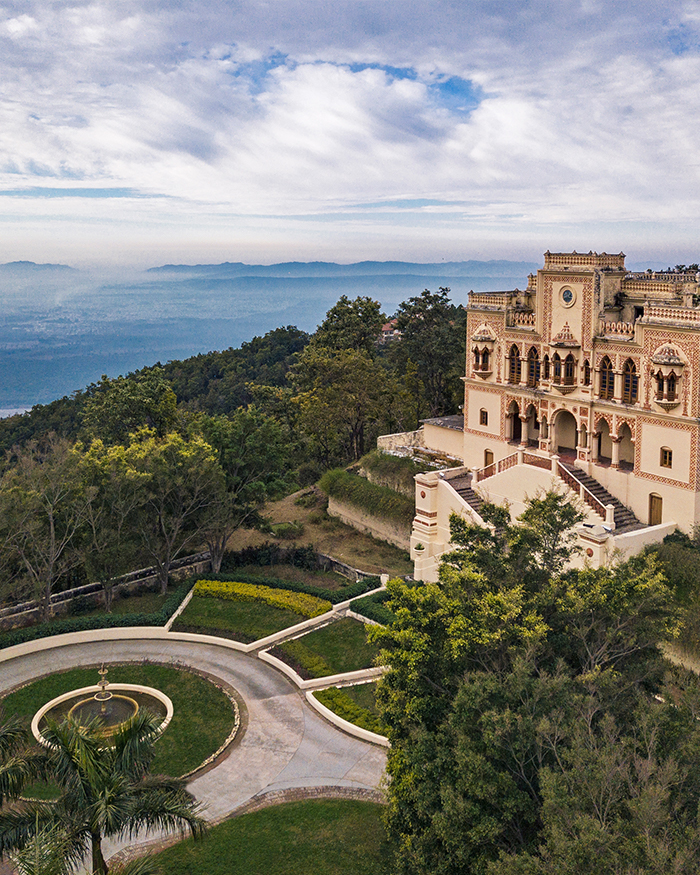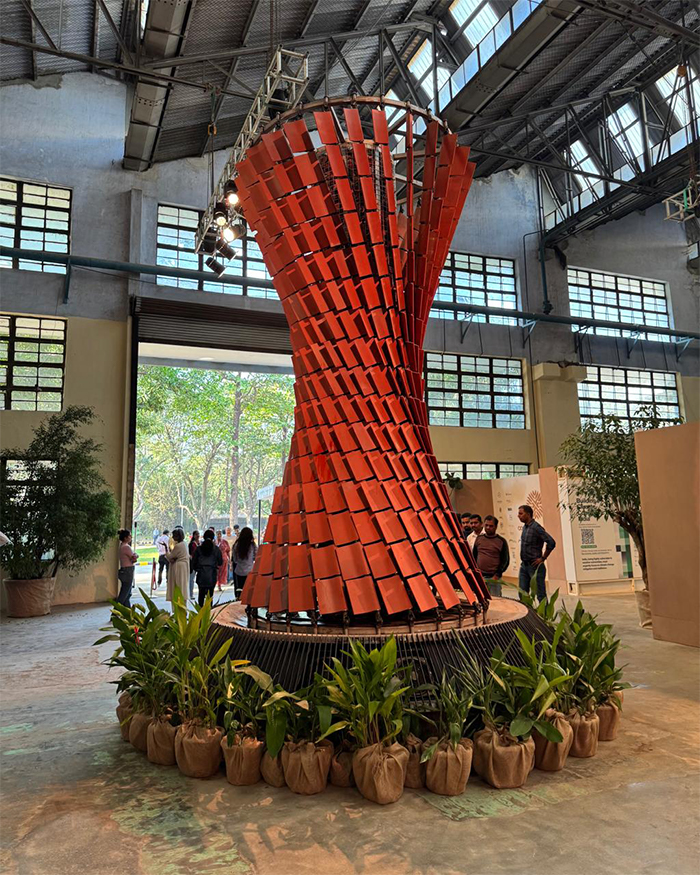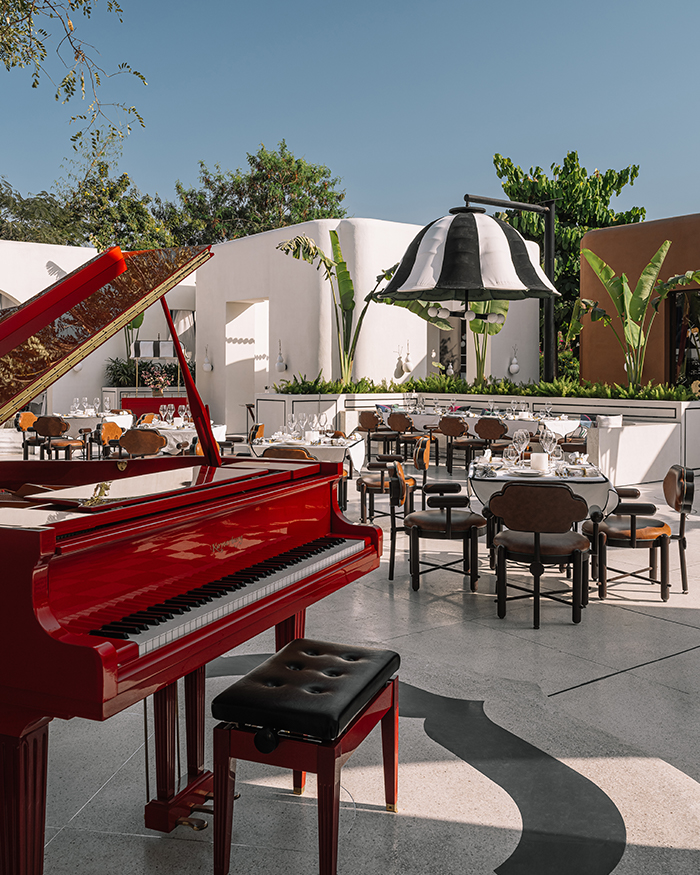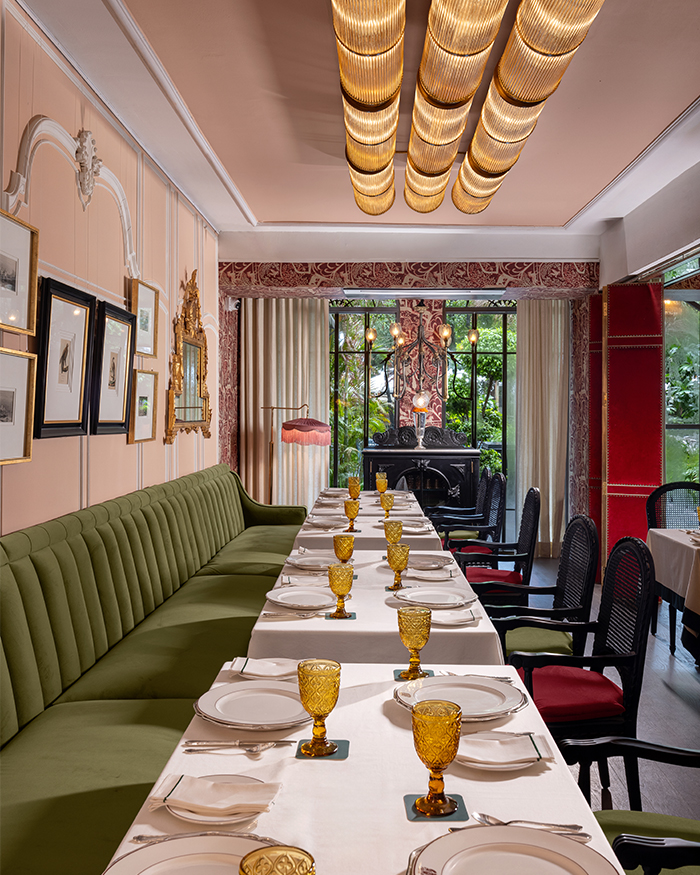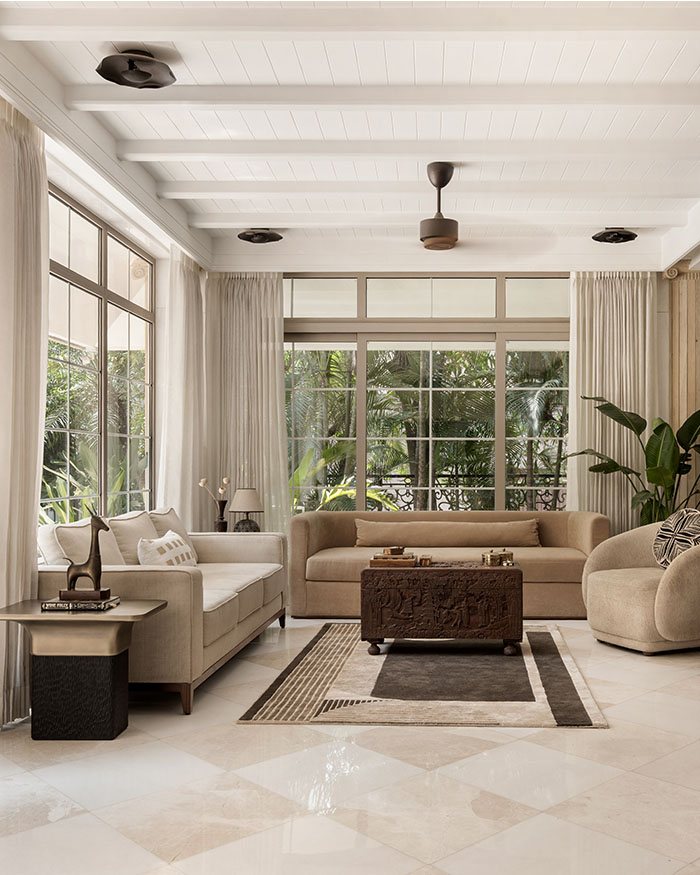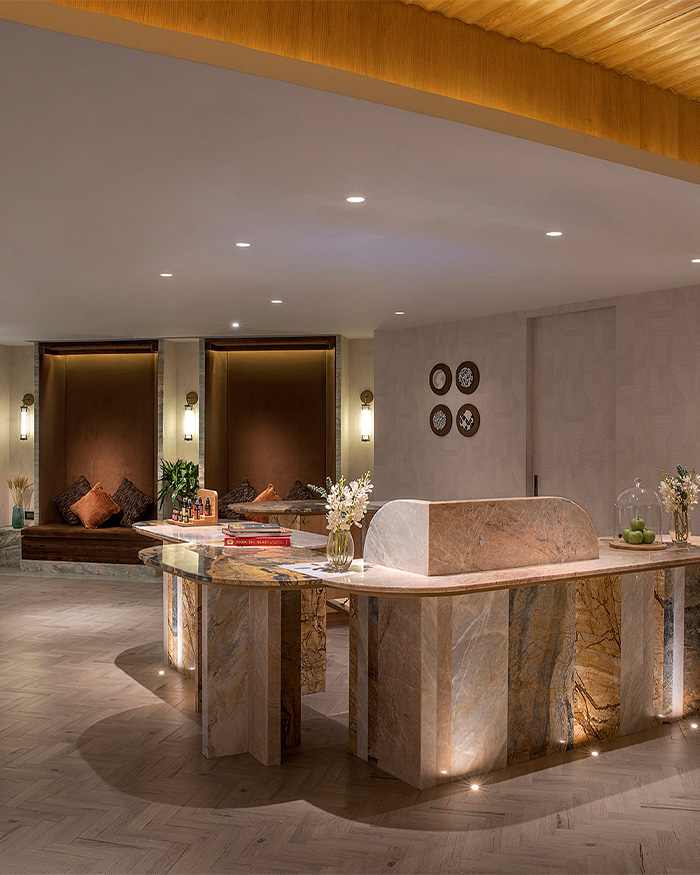Curated by Carlo Ratti under the theme of ‘Intelligens. Natural. Artificial. Collective,’ the 19th Venice Architecture Biennale has a distinctly sci-fi feel this time, thanks to all the futuristic ideas and experiments on display. Live from the lagoon, here are some exciting installations, exhibitions and pavilions that you shouldn’t miss
A bot lending a helping hand to human artisans in the creation of future-ready cities (well, attaboy), elephant dung waste repurposed as usable bricks, dynamic biospheres and artificial microclimates promising to keep us cool at all times, a 3D-printing technique mastered by an industrial robotic arm which cranks out biodegradable wood for architectural needs and space suits that form a symbiotic threshold between advanced digital technologies, natural world and the built environment — these brainiac ideas and cutting-edge experiments are straight out of the 19th edition of International Architecture Exhibition at the ongoing Venice Architecture Biennale. The theme for this year’s biennale is ‘Intelligens. Natural. Artificial. Collective’ and it is curated by Italy’s very own Carlo Ratti, an architect and a professor at MIT with a knack for ambitious, mind-expanding innovations. Some critics have unflatteringly dubbed Ratti’s curation the ‘tech bro biennale.’ While the central exhibition, particularly the immersive installations at the cavernous Arsenale — one of the biennale’s busiest and most important venues along with the neighbouring Nepolean-era public gardens called Giardini — does feel like being in a science/AI lab or being trapped inside the hyperlinked web pages of a giant Google search engine, there’s much more to this biennale than just digital wizardry and geoengineering inventions. In Ratti’s defence, one can argue that if there can be smart cities and smartphones, why not ‘smart biennales’ packed with smarter ideas?
The Turin-born curator has assembled a whopping 750 participants from different disciplines, including architects, designers, researchers, engineers, thinkers, scientists and artists. Not to forget, an astonishing 66 national pavilions are in the fray, too. All these diverse and transdisciplinary players have converged on a global stage to reflect on how architecture can make our lives better. Filtered through Ratti’s multipronged vision, this biennale forces us to rethink architecture’s fundamental role in human society, at a time when climate change is no longer just an elephant in the room but an elephantine reality. If you’re planning to visit the historic yet fragile lagoon of Venice during the biennale season, here are eight unmissable exhibitions and projects that you should put on your checklist.
The Venice Architecture Biennale 2025 is on view until November 23

